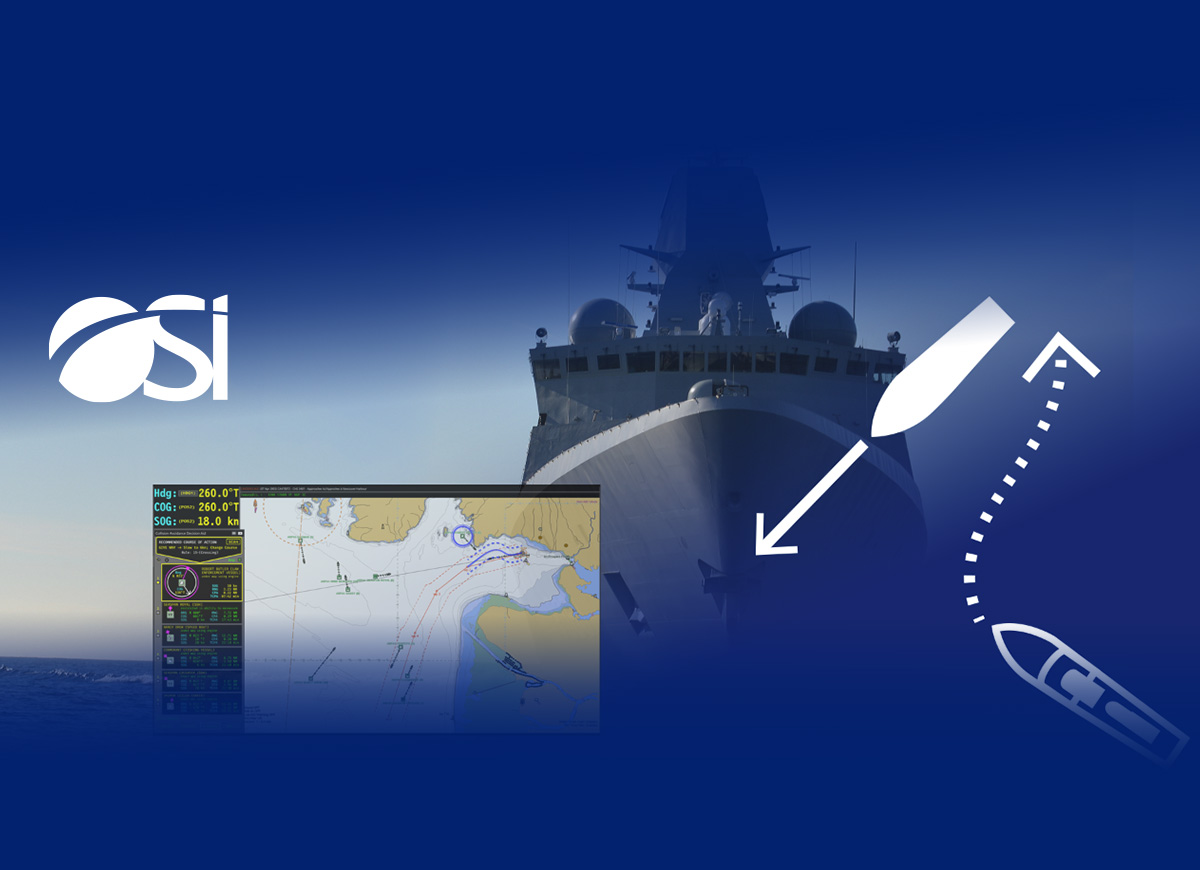OSI Awarded IDeAS Phase Two Contract for Collision Avoidance Technology
Testing Integration of AI into RCN Ship Navigation System
- CADA is to aid the Officer of the Watch in making assessments of risk collision and maneuvering
- Phase Two will explore the integration of AI into ECPINS in an at-sea environment
- CADA makes recommendations based on the available safe, navigable water and COLREGs
September 10, 2024 – OSI Maritime Systems (OSI) is pleased to announce that it has been awarded a contract with Innovation, Science & Economic Development Canada (ISED) for the Phase Two testing of OSI’s integrated Collision Avoidance Decision Aid (CADA).
This is a follow-up to the initial Phase One award in 2022, in which development and testing occurred at the Royal Canadian Navy’s Training Development Centre (Pacific).
OSI’s longstanding relationship with the RCN is underscored by the operational fleet-wide deployment of ECPINS, OSI’s navigation WECDIS software. The widespread deployment of ECPINS and INTS, OSI’s Integrated Bridge and Navigation Systems (IBNS), presents an ideal environment for developing and testing additional capabilities.
Phase Two will explore the integration of Artificial Intelligence into ECPINS in an at-sea environment and marks the first step towards maritime autonomy for the Royal Canadian Navy. The goal of the CADA is to aid the Officer of the Watch in making assessments of risk collision and maneuvering in accordance with the International Regulations for the Prevention of Collisions at Sea (COLREGs) by providing recommendations based on not only the COLREGs but also the available safe, navigable water.
The International Maritime Organization has defined four levels of Maritime Autonomous Surface Ships, with decreasing degrees of human interaction. CADA falls under Degree One in that it provides increased situational awareness in a manner that reduces the cognitive load on the Officer of the Watch.
- Degree one: Ship with automated processes and decision support. Seafarers are on board to operate and control shipboard systems and functions. Some operations may be automated and at times be unsupervised but with seafarers on board ready to take control.
- Degree two: Remotely controlled ship with seafarers on board. The ship is controlled and operated from another location. Seafarers are available on board to take control and to operate the shipboard systems and functions.
- Degree three: Remotely controlled ship without seafarers on board: The ship is controlled and operated from another location. There are no seafarers on board.
- Degree four: Fully autonomous ship: The operating system of the ship is able to make decisions and determine actions by itself.
The RCN trial included a period of synthetic testing in the navigation and bridge simulators at HMCS Venture, the RCN’s naval leadership training centre. The land trials will then be moved to testing at sea aboard an RCN vessel fitted with an OSI IBNS. In both cases, CADA will undergo integration testing with OSI’s ECPINS radar and Automatic Identification System (AIS), as well as other navigational inputs.
Quotes:
“This is a revolutionary step in navigation for the RCN. With our trusted Canadian partner, OSI, we are pleased to be world leaders in maritime autonomy as we evolve navigation together. If we can improve decision-making on the bridge, we will gain an advantage as the RCN carries out operations to support Canadian interests at home and abroad.”
Vice-Admiral Angus Topshee, Commander, Royal Canadian Navy.
“I am pleased to be partnering with the Royal Canadian Navy again to progress this technology. OSI and the RCN have a long history of working together to innovate navigation, spanning over thirty years, including ECPINS and OSI’s Integrated Bridge and Navigation Systems. This continued collaboration will increase situational awareness and advance autonomous navigation technology for the Royal Canadian Navy.”
Ken Kirkpatrick, President & CEO, OSI Maritime Systems



